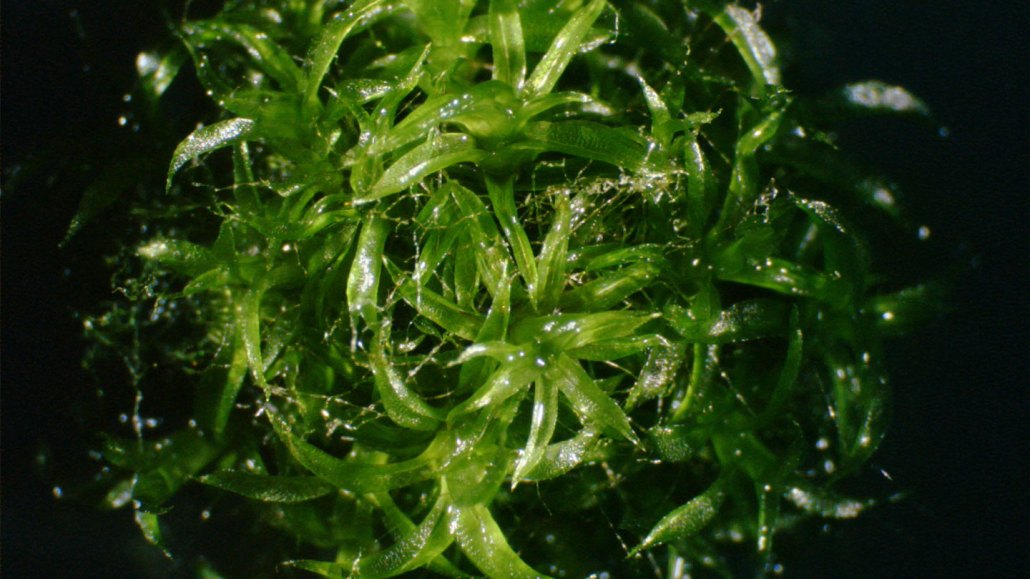A newly discovered gene helped this moss defy gravity
Moss under 10 times the gravity of Earth grew larger chloroplasts and photosynthesized more efficiently

Spreading earthmoss (Physcomitrium patens) is teaching scientists how to boost plant growth in extreme environments, thanks to its mysterious ability to photosynthesize better when exposed to ten times the gravity of Earth.
Tomomichi Fujita